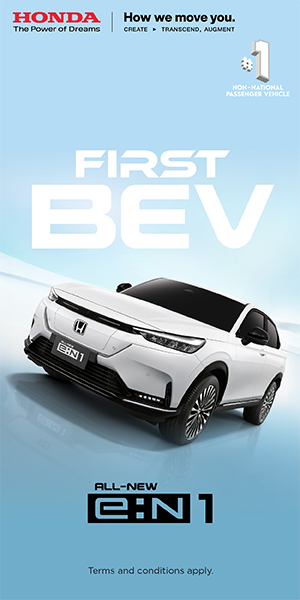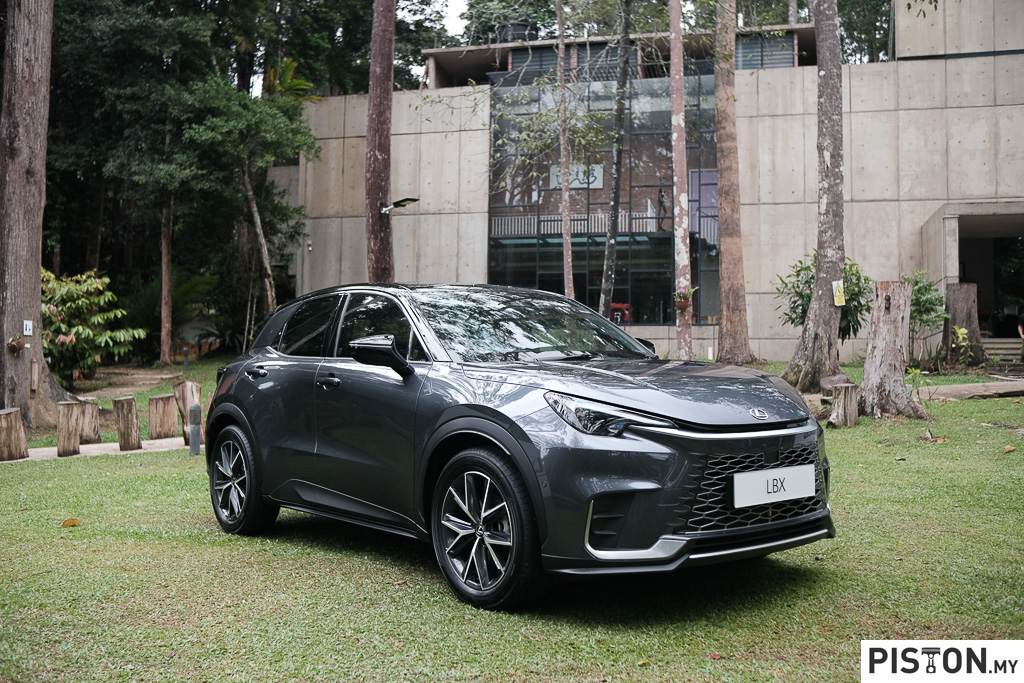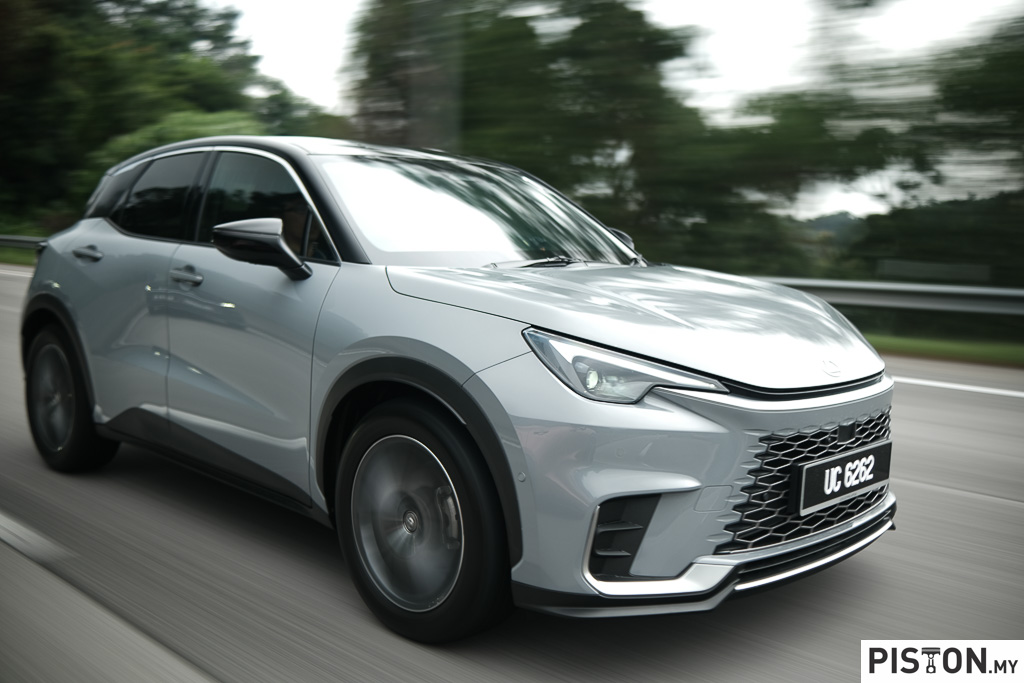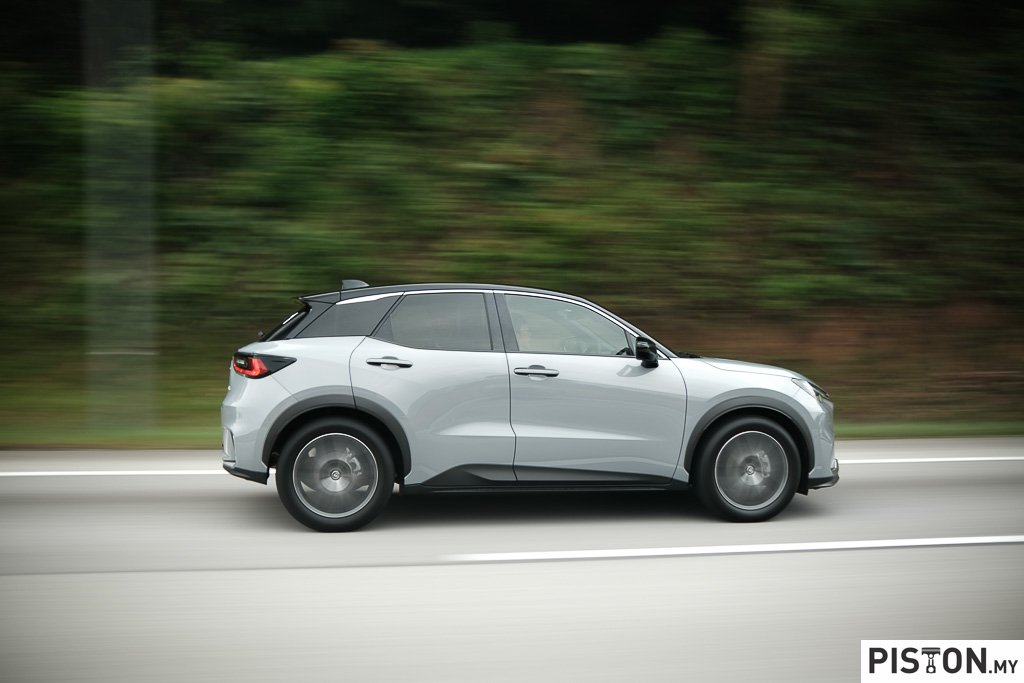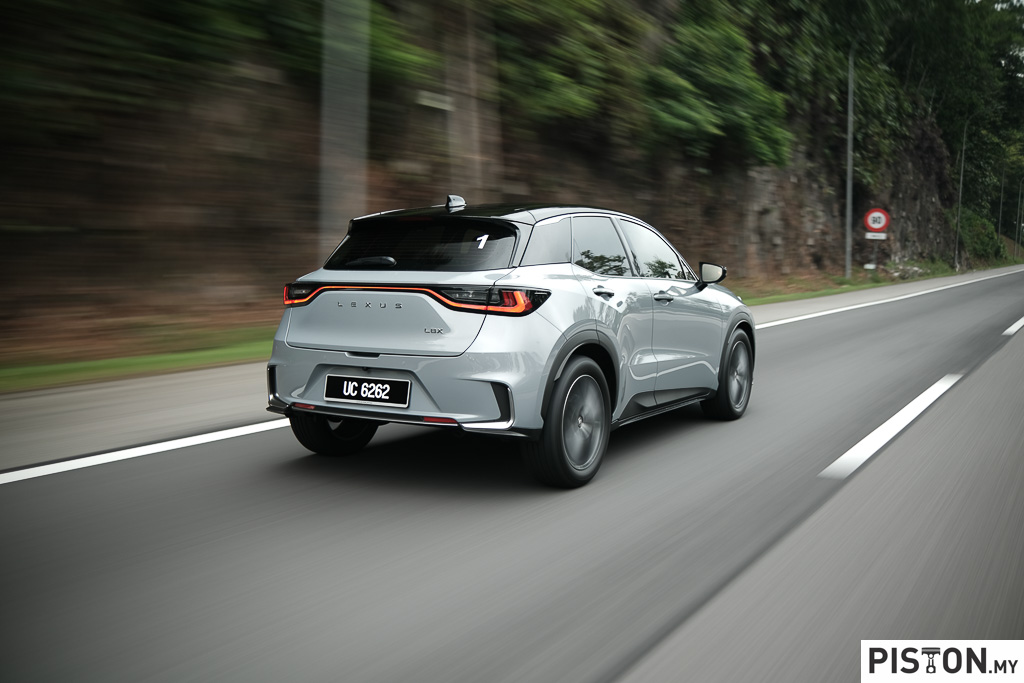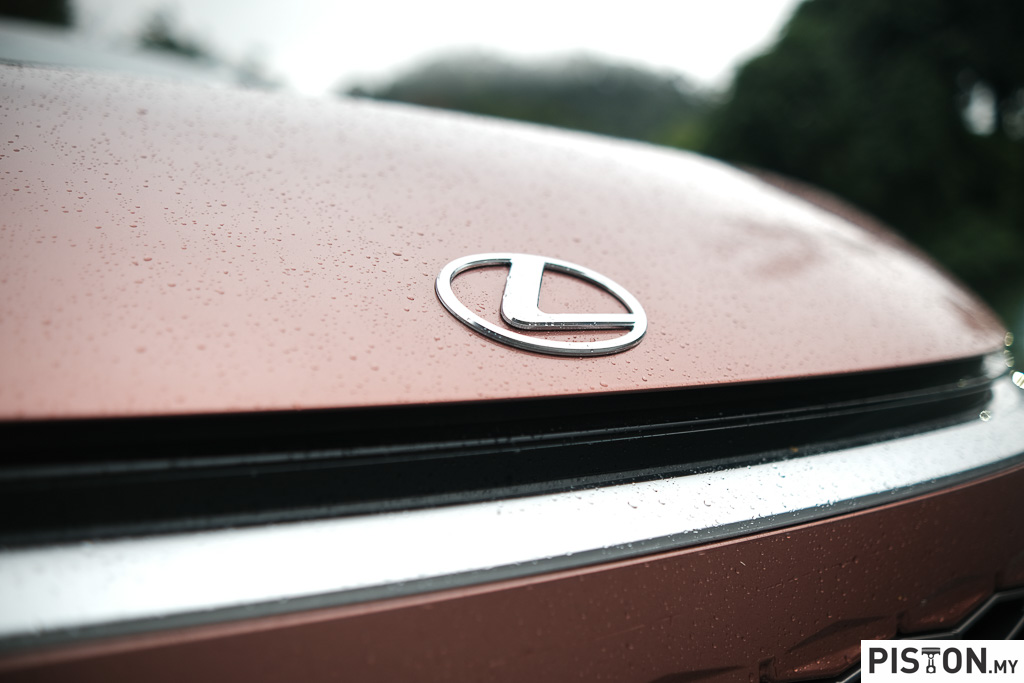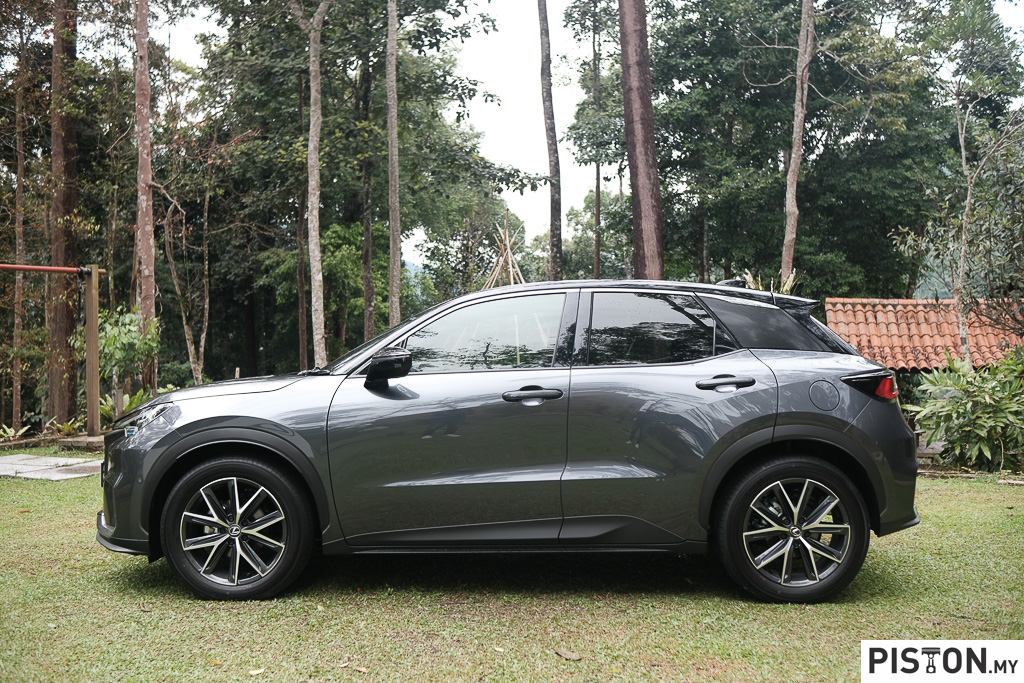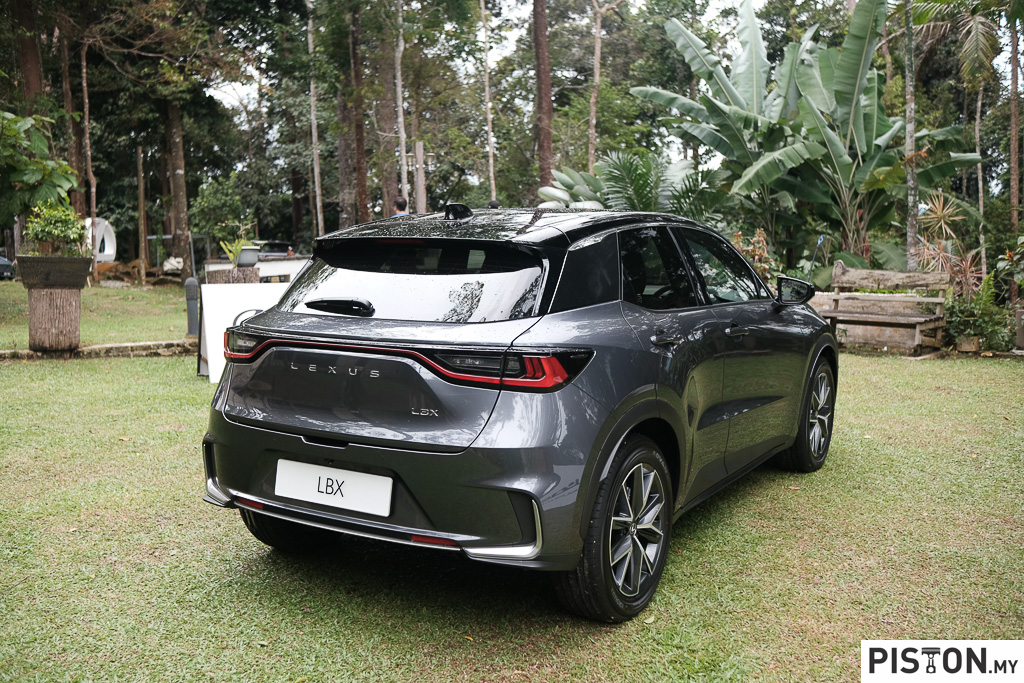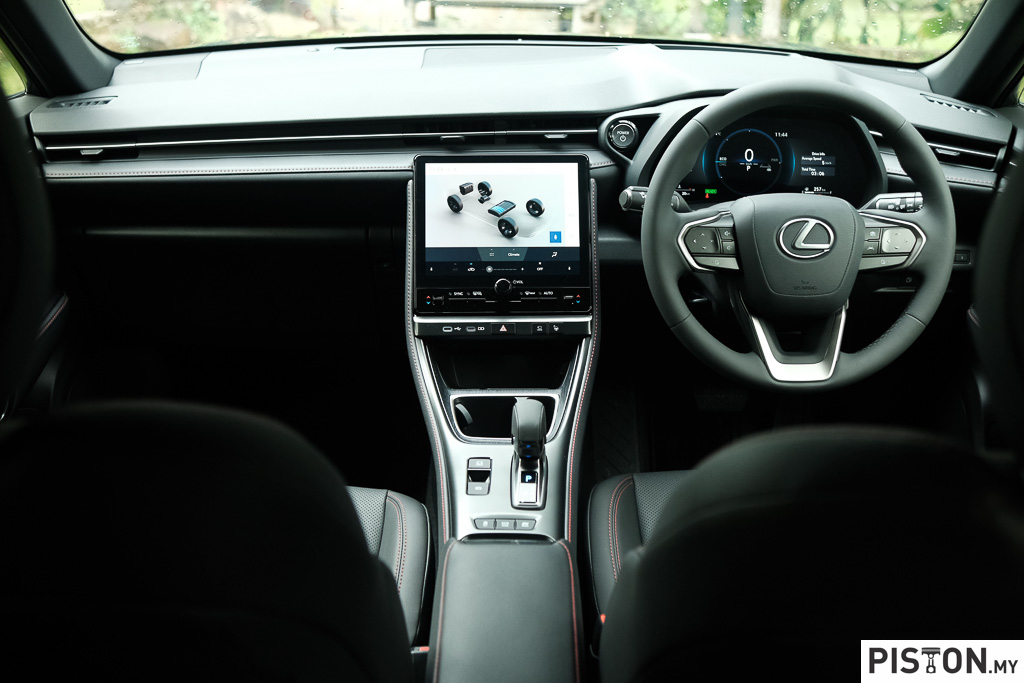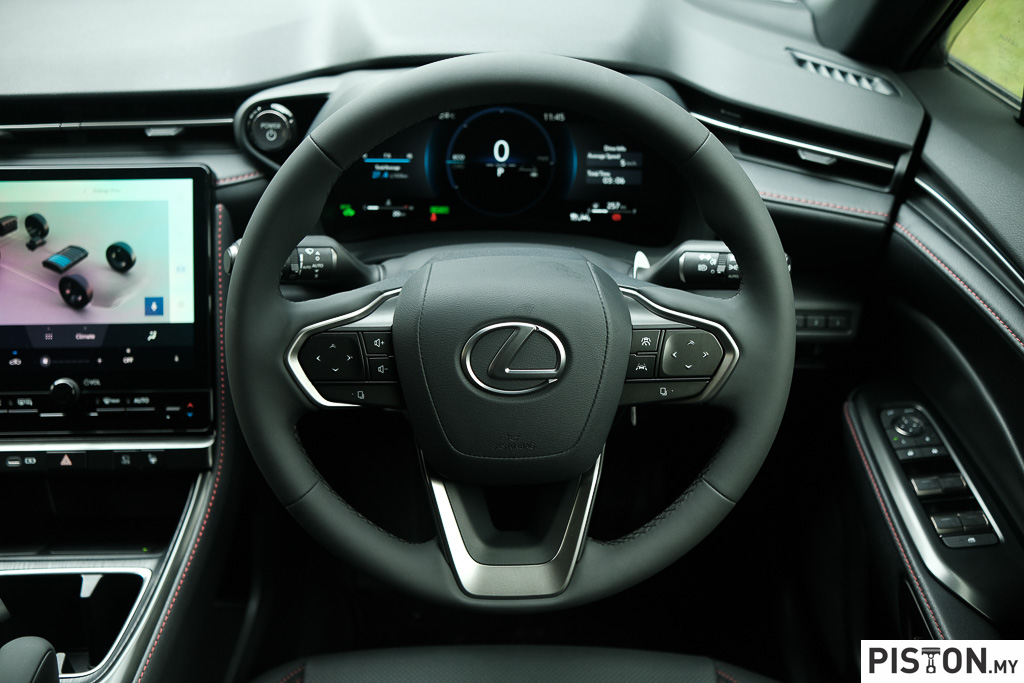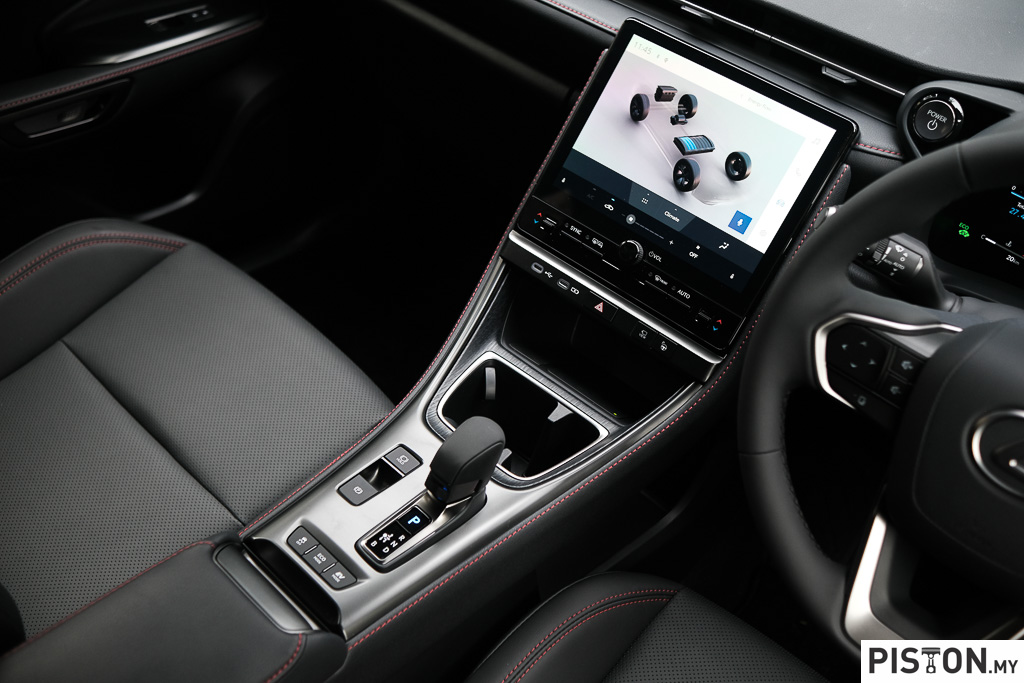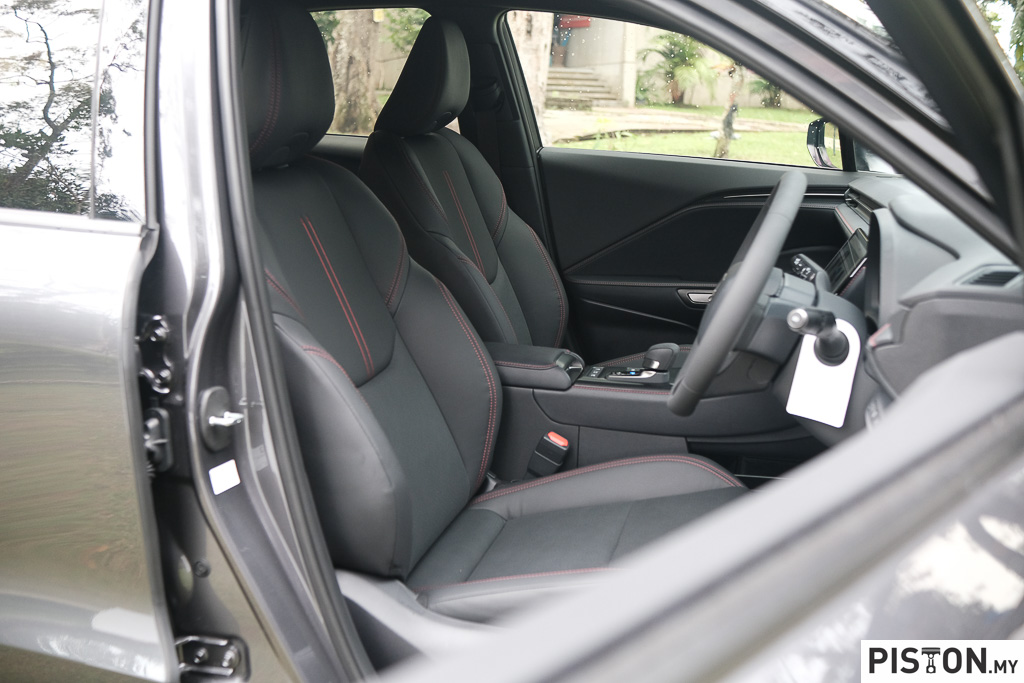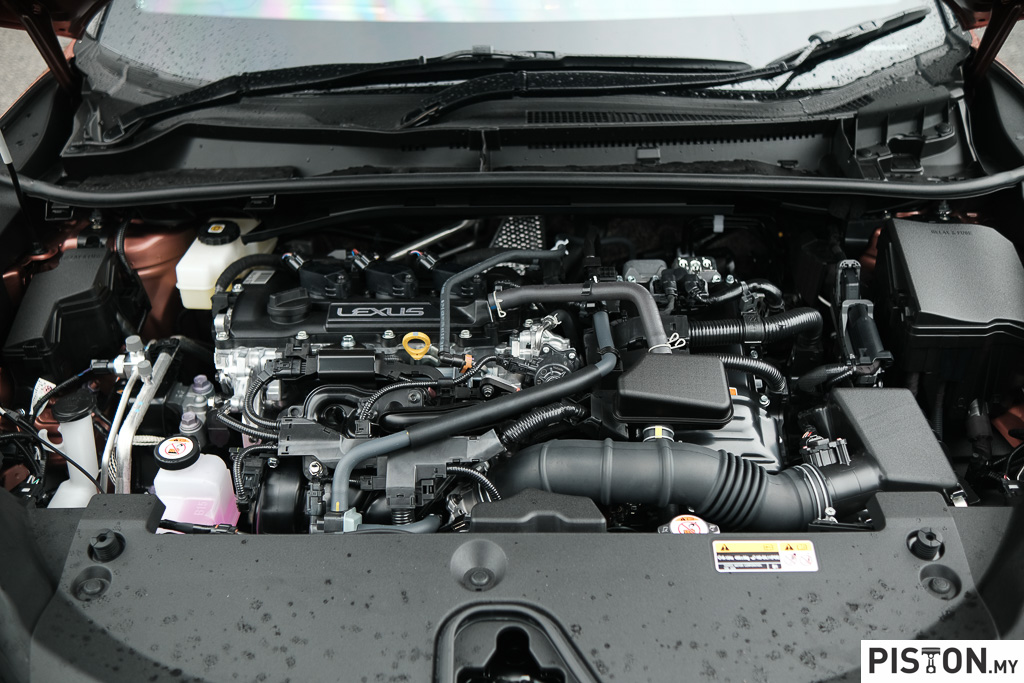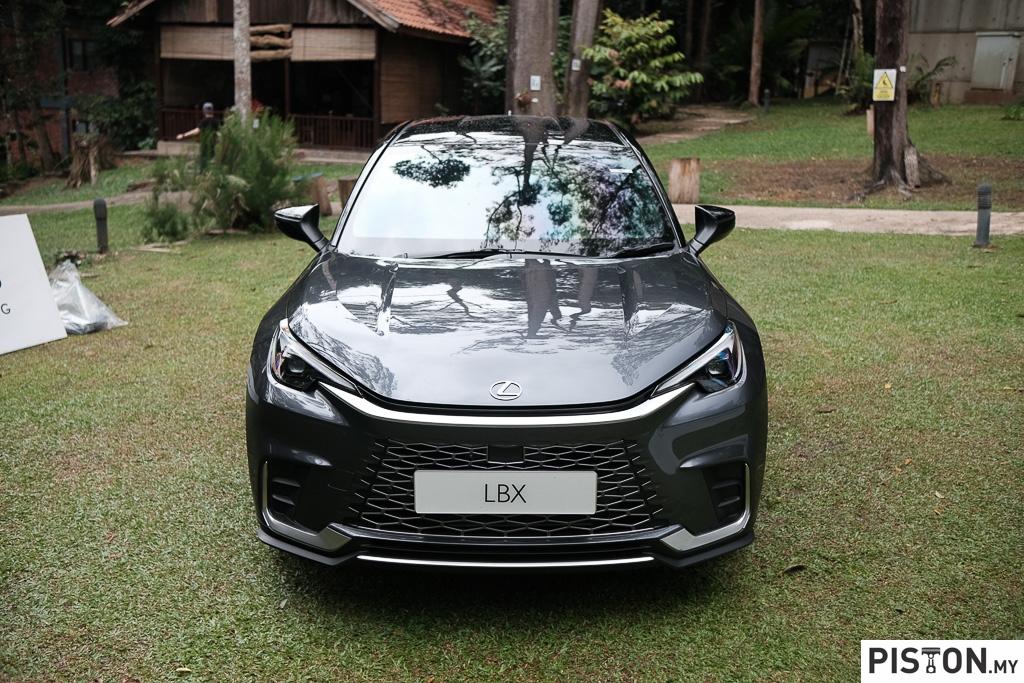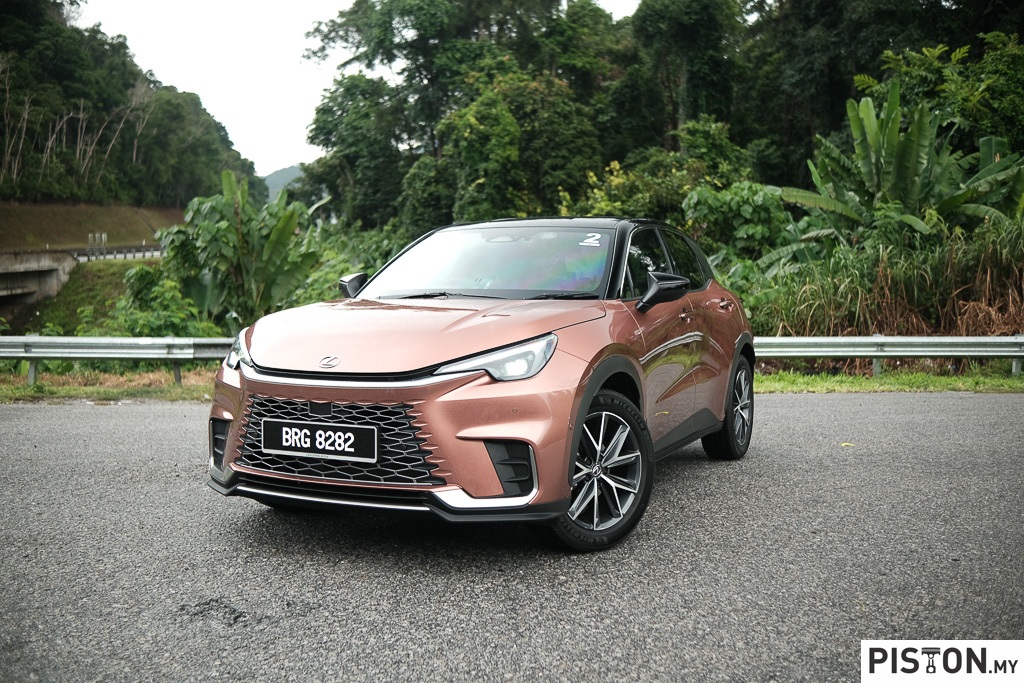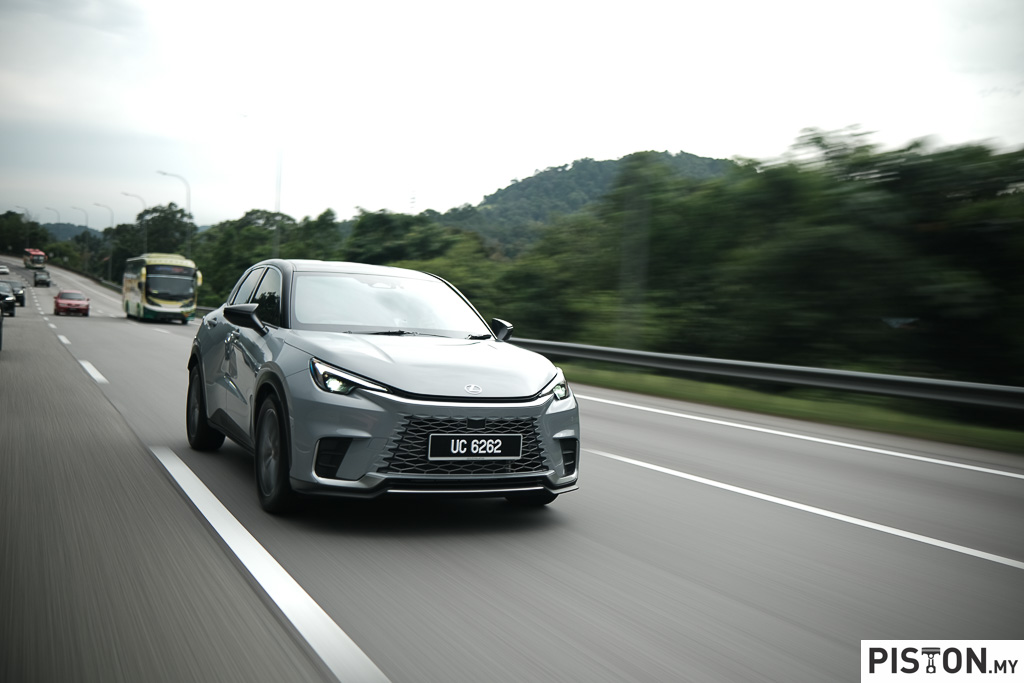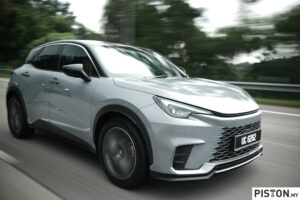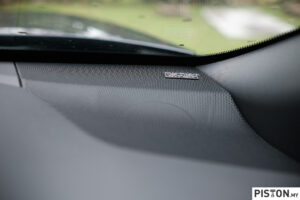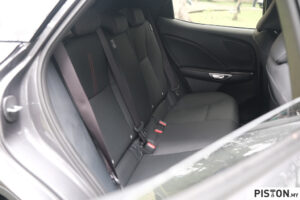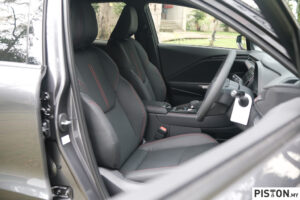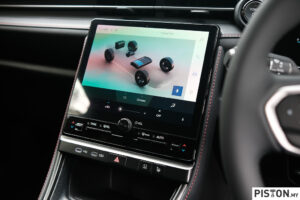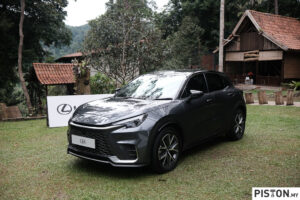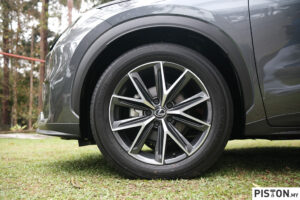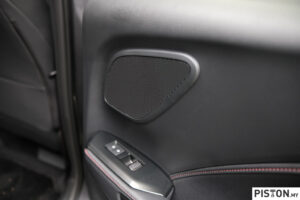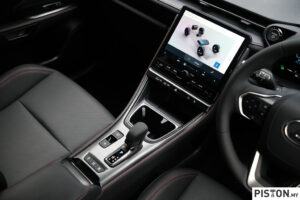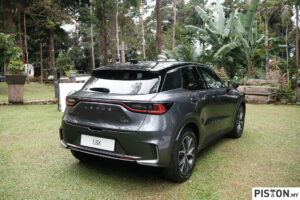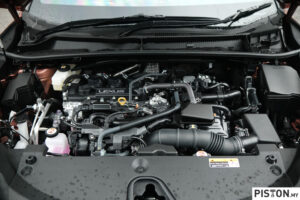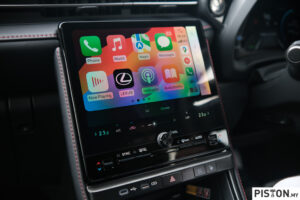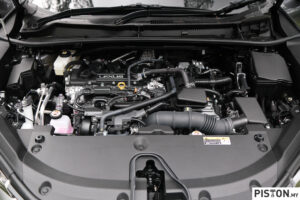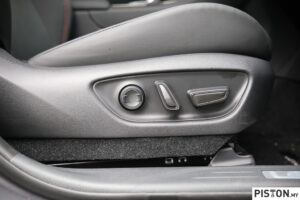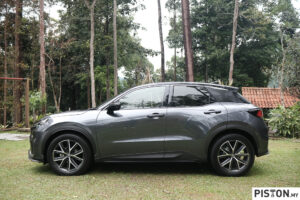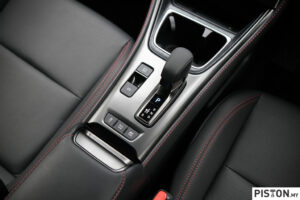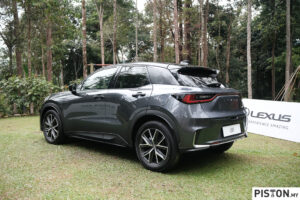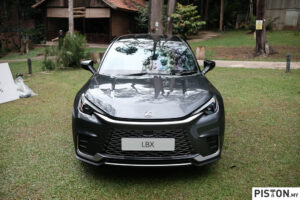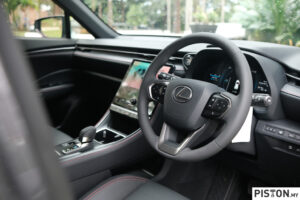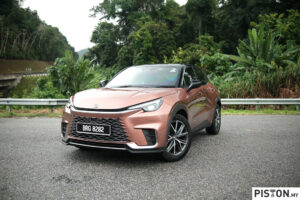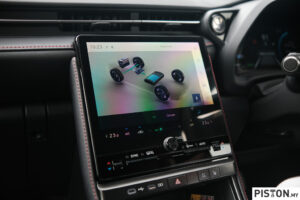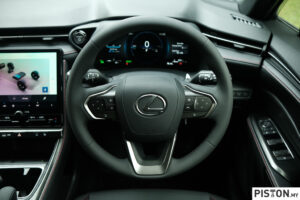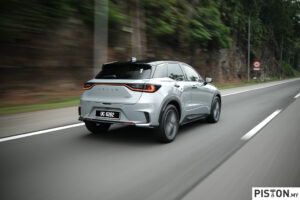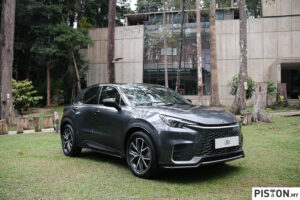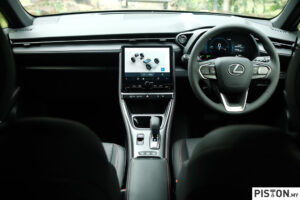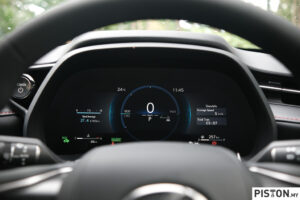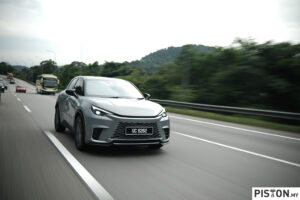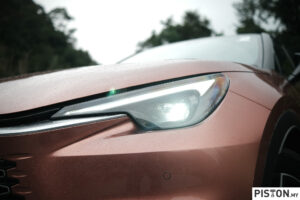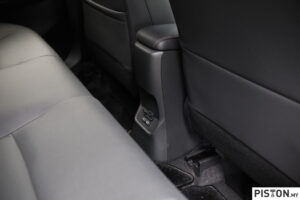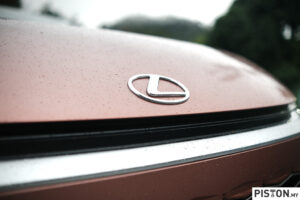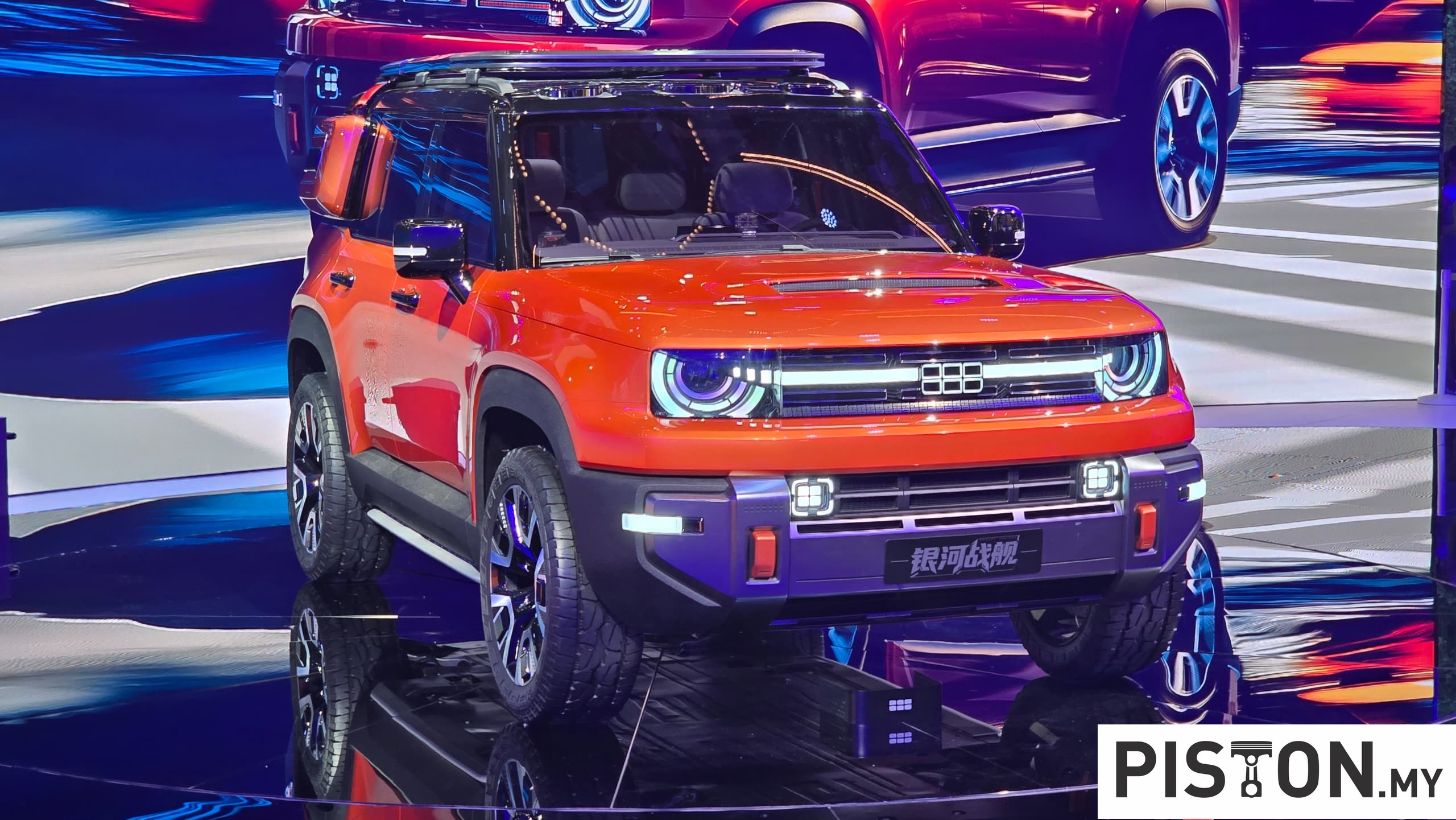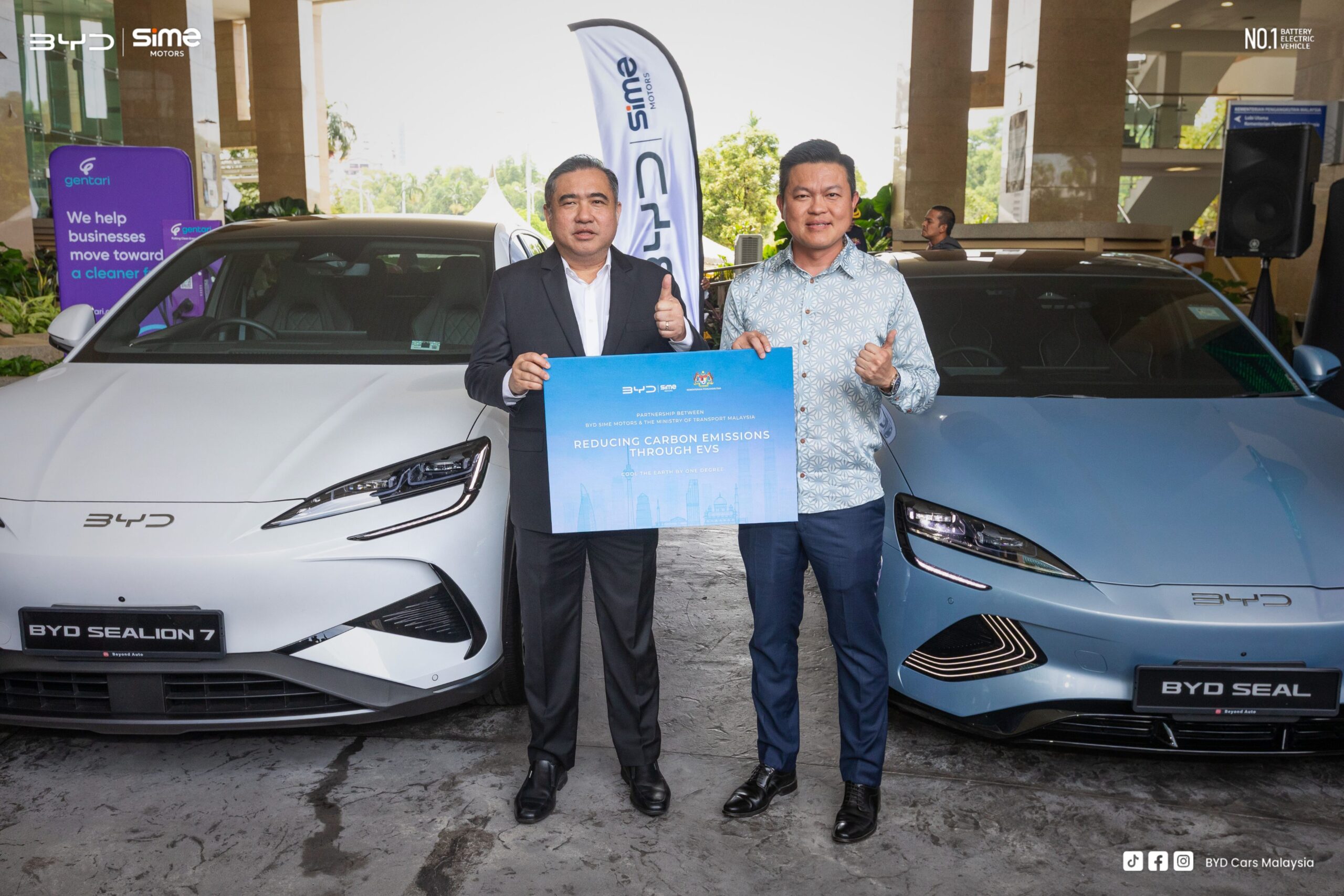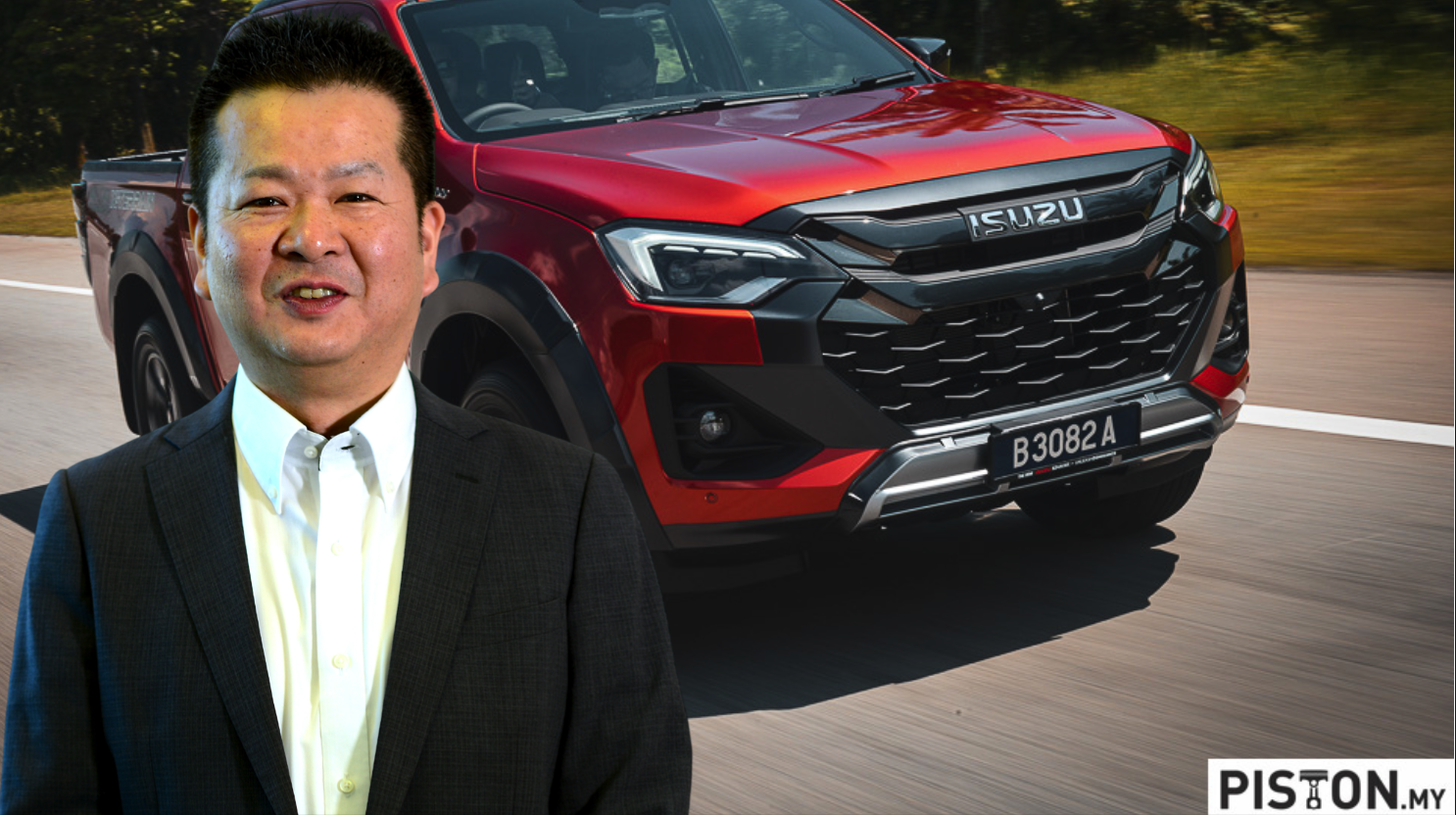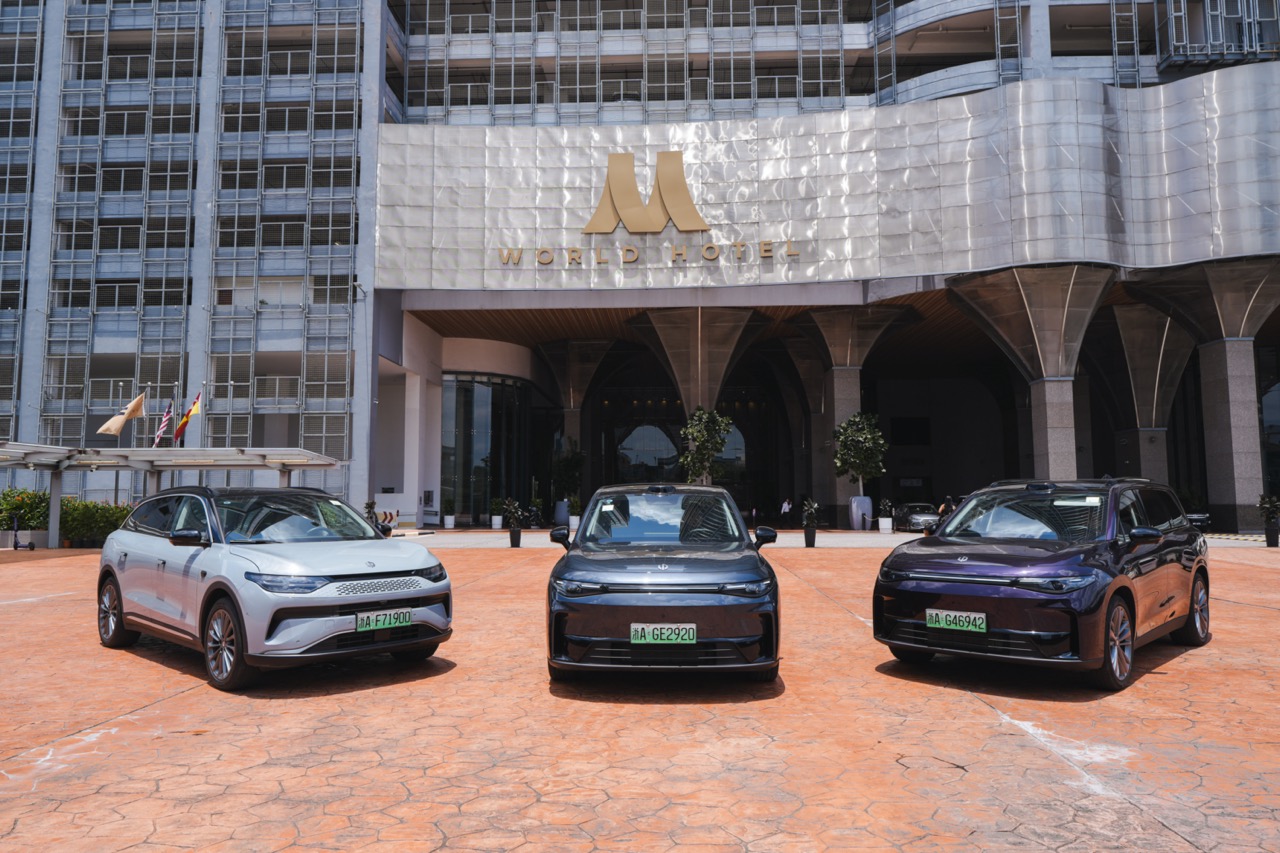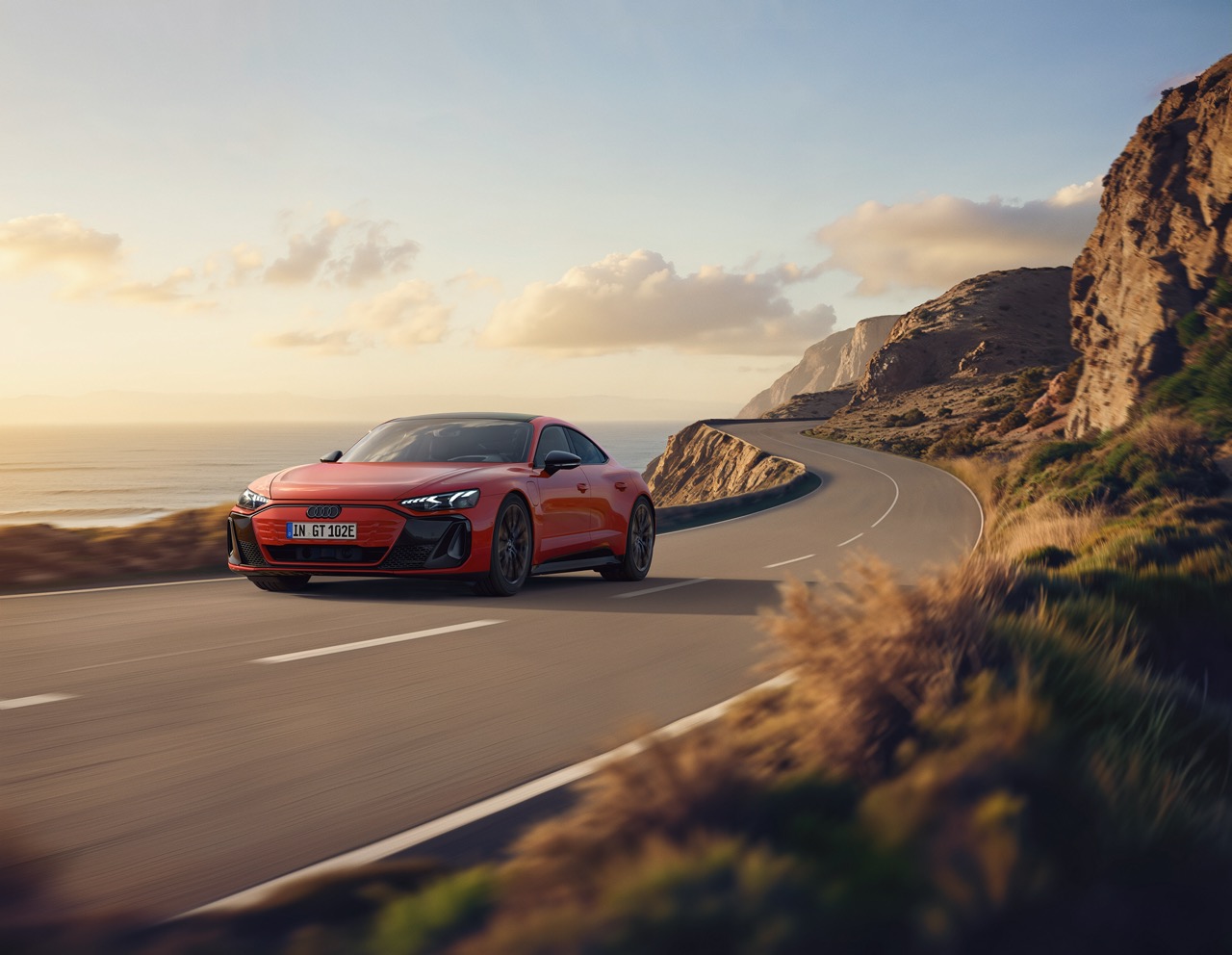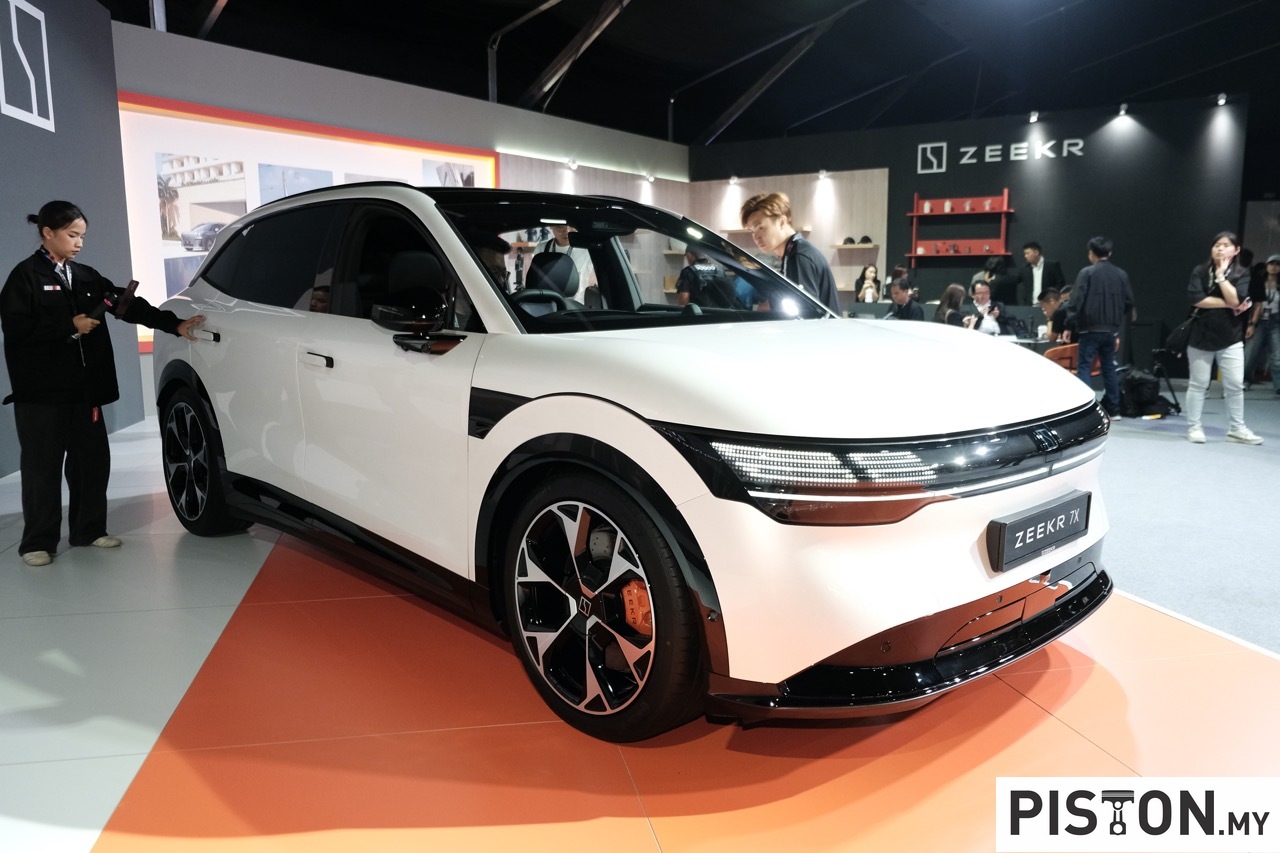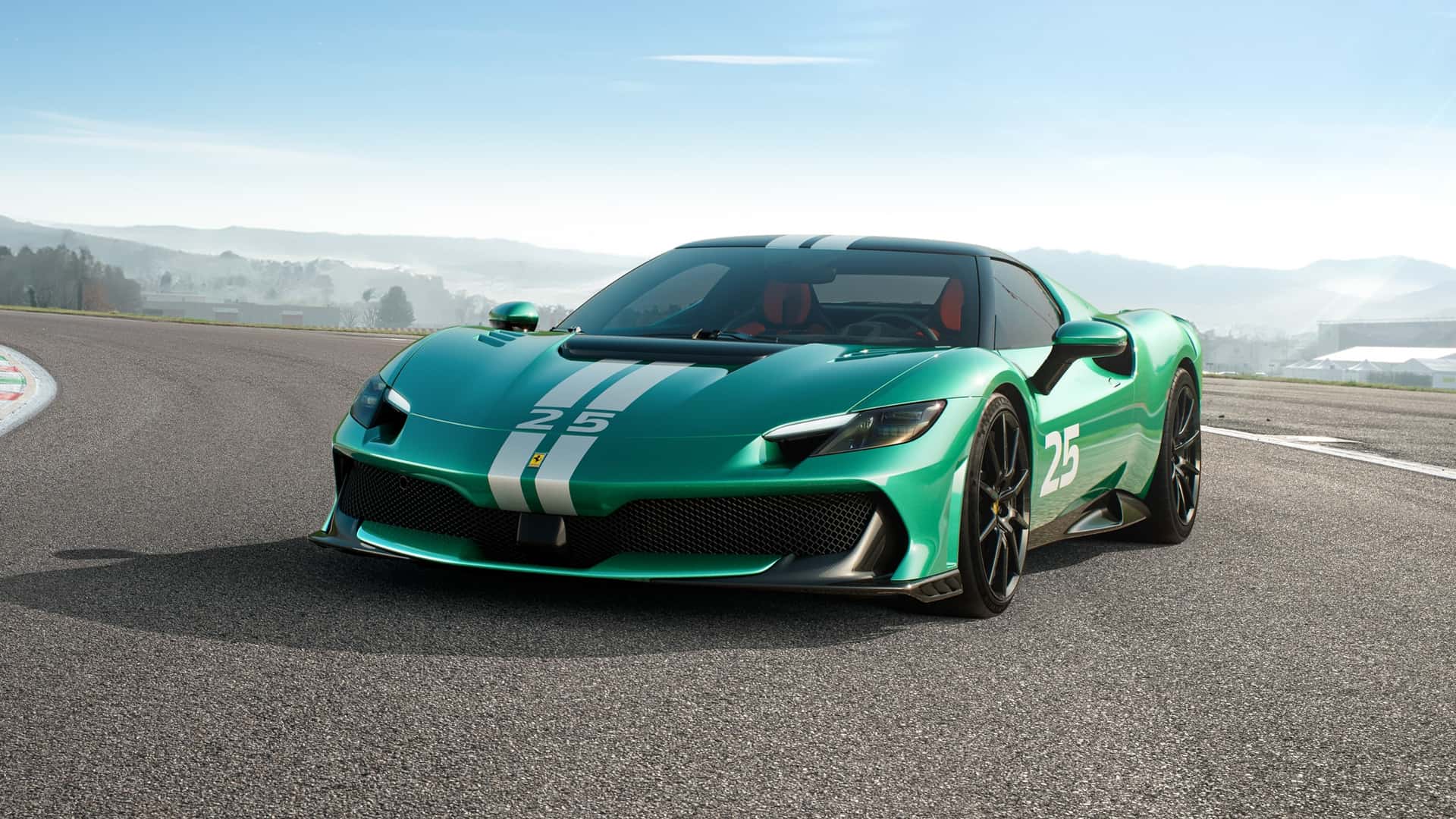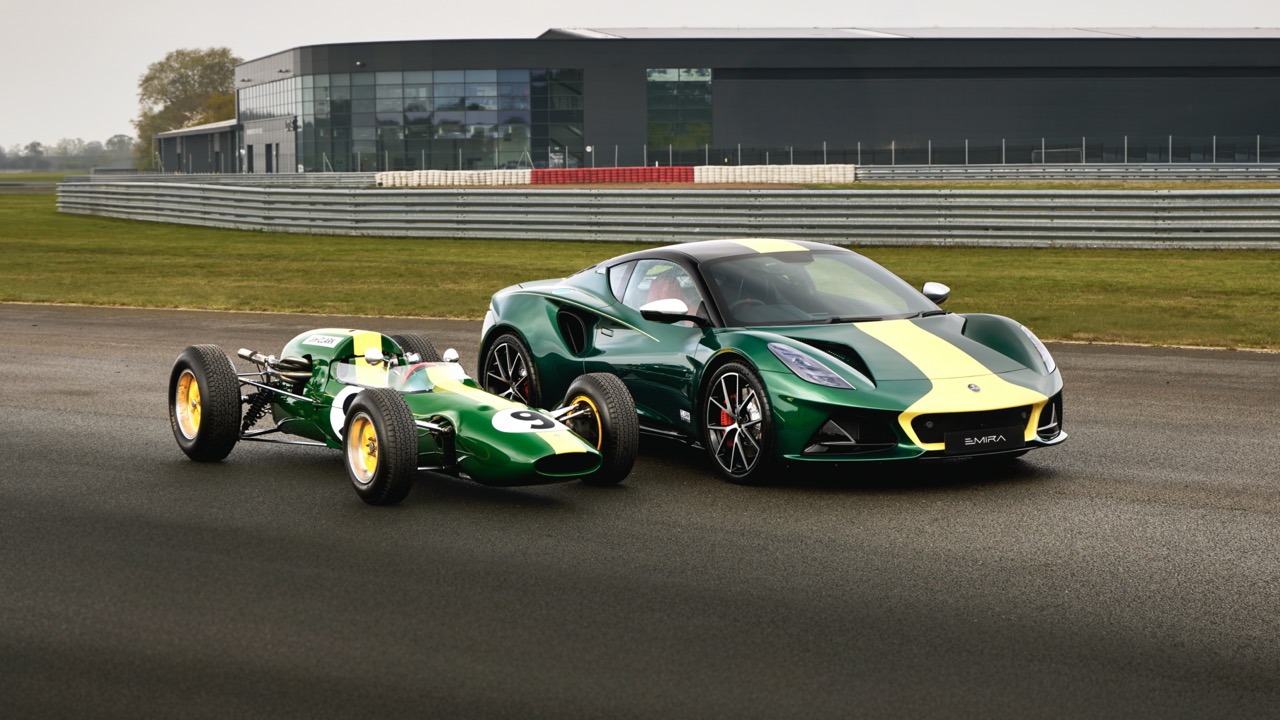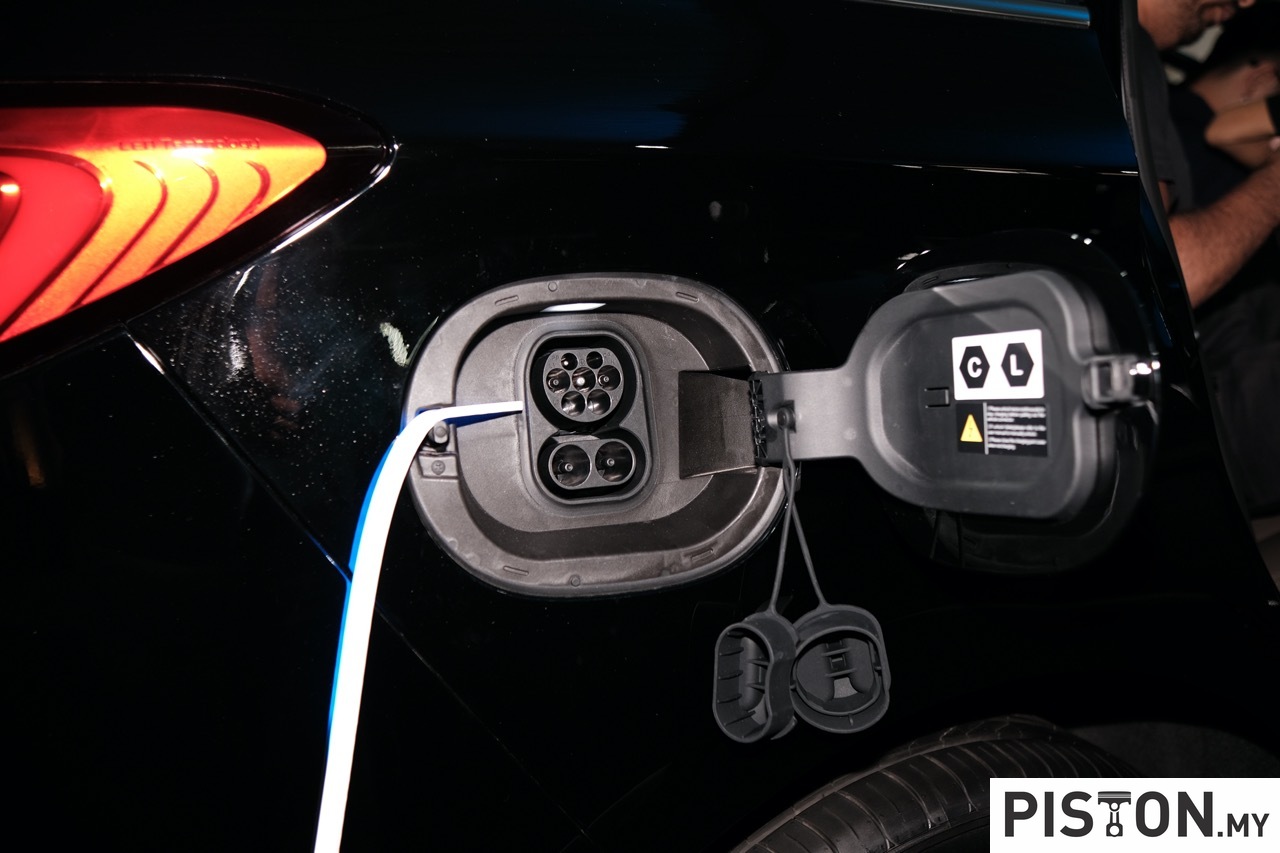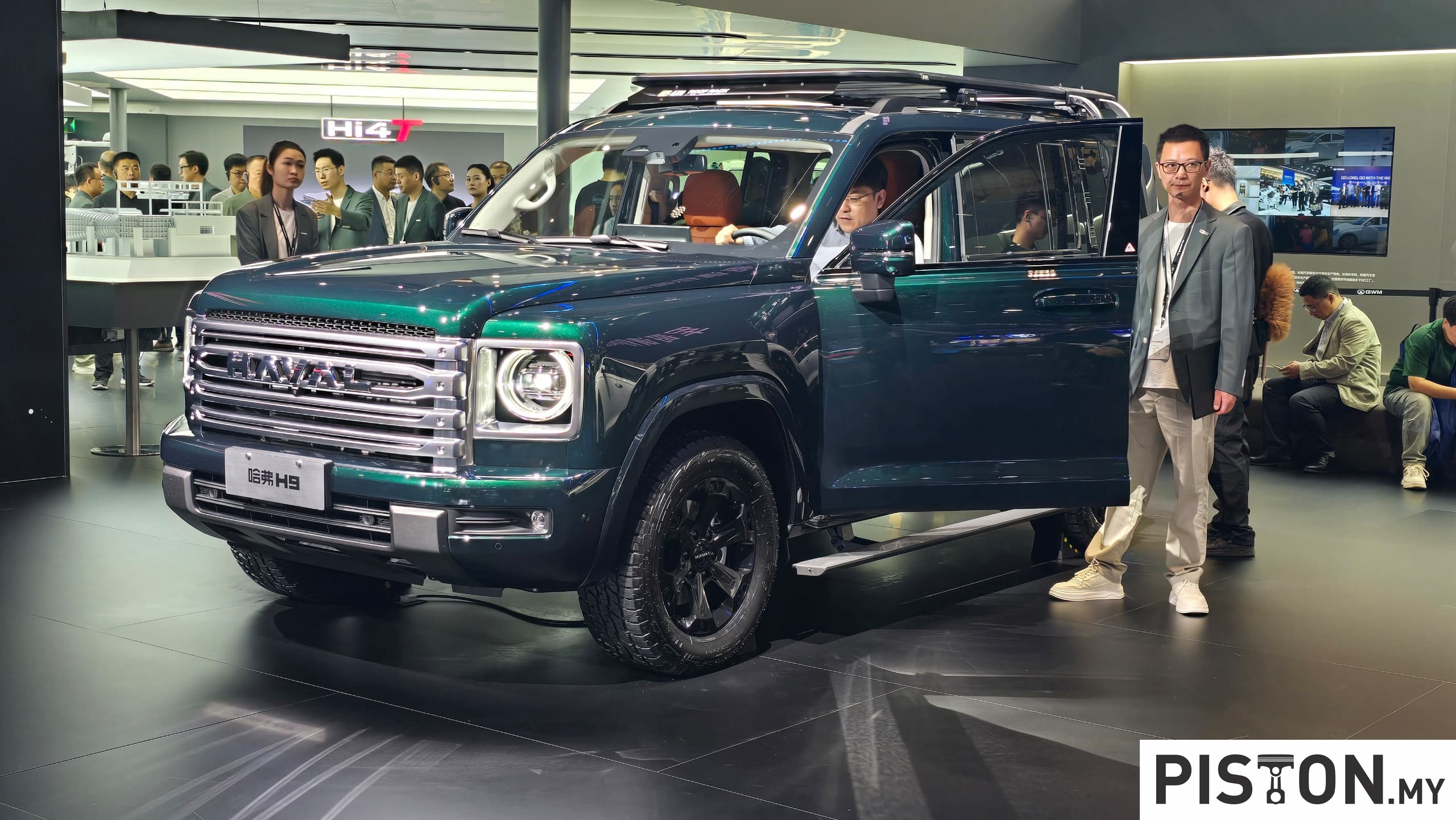Lexus has arguably come to define the essence of Japanese automotive luxury. Though there are others such as Infiniti and Acura, but after all these years, one could argue that these brands have been relegated to the status of bystanders as Lexus reaches for the sky.
Through decades of obsession for the finer things in the automotive world, Lexus has carved out a niche for itself. The Japanese marque has become synonymous with refinement, quality and reliability. In fact, it is said that one is better off buying a Lexus than some of its German counterparts.
And we agree, to an extent.
Sadly, Malaysians are still obsessed with brands and badges, and many would still buy a continental car that offered lesser for a lot more money just for the badge on the bonnet and on the boot.
The Lexus NX and RX are among the most popular in the Malaysian line-up, as well as the UX, which is the smallest model. However, the UX has been discontinued and has since been replaced by the LBX.
The Lexus Breakthrough Crossover, which is what LBX stands for, is slightly smaller than the UX. But it hides its size rather well because you really won’t be able to tell until you step inside.
There is no denying that the LBX is a great looking car. And it is only the second car in Lexus’ history to have three alphabets in its name, the first being the legendary LFA. Yes, that same LFA whose exhausts can shatter glass at full flight, in a lab at least.
Lexus says the fact that the LBX also has three characters in its name, means that it is a big deal for the company. It is an important model that wants to attract a younger audience to the brand.
I agree that the LBX is unlike any other Lexus, particularly in size. But I am also a little disappointed with it, and I am a huge self-proclaimed fan of Lexus and everything that the company stands for.
But before we get to that, let’s start off on a high note first. The design, as mentioned, is one of its biggest strengths. It showcases the next chapter in the Lexus design language, and you see that with the total omission of the Lexus spindle grille.
That iconic grille which was first introduced about a decade ago has morphed into the body of the car, and Lexus now calls it the spindle body. However, that’s only true for the NX and the RX.
In a seven-page product description, Lexus says the LBX has a new frontal arrangement that ‘breaks’ the spindle grille. Instead, the spindle grille has been deconstructed, giving the LBX an all-new frontal identity.
The grille, though still very much recognisable, now has a narrow silver aperture that runs beneath the edge of the bonnet and connects the two slim LED bi-functional headlights.
This design may seem basic and unassuming, but with all things Lexus, it all has a purpose. The design draws on the heritage of the brand’s ‘Resolute Look’, which was first seen in the LF-S concept car of 2003, and later became a signature style of Lexus production models of the early 2000s. So, consider that humble silver line a ‘throwback’ of sorts.
From the side, you will notice that the car sits rather tall but has short front and rear overhangs. This makes the 18-inch wheels seem bigger than they actually are and gives the car a muscular stance. And if you are wondering why Lexus chose to use the word Crossover in its name (denoted by the X in LBX), the side profile is the answer to that.
The rear has an LED light strip that looks like it has been inspired by the Aston Martin DBX. But Lexus says the rear was inspired by a traditional Japanese rice cake called Kagami-Mochi.
Offered during the New Year, the rice cake is made of two discs – a small one set on top of a larger one. So how is this relevant to the LBX? Well, the rear of the car has a balance of shapes that is reflected in the car’s compact cabin positioned above a powerful underbody, like the two discs of the rice cake.
Whether you see the resemblance or not, the rear of the LBX is simple and elegant.
The LBX rides on the same platform as the Toyota Yaris and Yaris Cross, so from that alone you should be able to make out its overall size.
The interior is a different ball game altogether. It is still very much in line with the general Lexus design direction, but taller drivers and those who have high expectations of the brand may be left disappointed.
But as mentioned at the beginning, we will focus on the highs for now. The quality of the interior is again typically Lexus, and everything feels well-built and you can feel that a lot of thought has gone in to ensure the interior feels and looks good.
Lexus’s unique Tazuna concept is also carried on with the interior of the LBX. The Japanese word translates to ‘reins of a horse’, and that is what Lexus envisions the driver’s area to be. Just as how riding a horse needs minute adjustments to the reins, and so driving a car requires fine adjustments as well. And that is why the car’s controls such as the gear lever, meter panel, infotainment screen and digital meter panel are no more than a short stretch or a glance away.
The LBX is also the first Lexus to have its infotainment screen mounted vertically, and the 9.8-inch screen offers intuitive controls together with features like wireless Carplay and Android Auto.
The electronically operated gear lever is the same as the one in the RX and you will notice some shared buttons as well.
The top-of-the-line Luxury variant also gets a few features that are unique to it such as a 12.3-inch fully digital instrument display while the Premium version makes do with a seven-inch display.
The sound system is different too, while the Premium variant makes do with a six-speaker sound system, the Luxury variant gets a 13-speaker Mark Levinson sound system.
But besides that, the two variants offer a well-built interior with Tsuyasumi charcoal trim ornamentation around the cabin.
The seats are brilliant too but lack proper thigh support, which taller drivers might find uncomfortable, just as I did on a drive to Janda Baik.
Then there is the way it drives, and this is where the high notes end. Lexus says the LBX is meant to appeal to a younger audience, having been young once and now sitting at the fine line between young and not so young, I can vividly remember being impressed with cars that had well over 200hp.
The LBX is powered by a 1.5-litre, three-cylinder hybrid engine making 136hp and 185Nm of torque, all of which is transferred to the wheels via a CVT transmission. Those figures are hardly impressive especially for that price range because at between RM240,000 to RM270,000, the LBX can count the likes of the BMW 3-Series, Mercedes-Benz C-Class and the likes of that as direct competitors.
I am aware that the retail price of the two Germans is higher, but there are also some dealer discounts which will let you have a BMW 330i at around the same price as the top-of-the-line LBX.
But though the power figures are far from impressive, its efficiency levels are extraordinary. We saw a fuel consumption figure of close to 28km per litre during our drive, and that means the LBX has a theoretical range of about 1000km. It would be difficult to achieve that, but even if you can reach 800km, that by itself is quite a feat already.
And that has made me wonder whether Lexus has got its target market all wrong. While youngsters are wild blooded and would like a grand mix of power and extravagant design, the elderly particularly those whose young have left the nest and are left by themselves might just appreciate the LBX.
Its size may be small, and youngsters may not like how cramped the rear seats are, and those with a young family may not appreciate the lack of rear air-conditioning vents. But retirees would rarely use the rear seats, and they would like how manageable the size of the car is. It just makes parking and negotiating traffic a breeze, which I hear is an important consideration among my elders.
It is also a comfortable car to drive, with the suspension doing a fantastic job at detaching the cabin from the road underneath, resulting in refinement levels that Lexus is so well known for. And that is something the young may not understand, but I am quite sure those above 50 would value.
Having said that, there are a lot of things about the LBX I like, particularly the quality, refinement and the design. But it is not a cheap car, which is normal for Lexus, but not one of this size. And there in lays the problem for Lexus, rich parents looking to buy a car for their children may think that a more glamorous badge such as BMW or a Mercedes-Benz may help the social standing of their kids. And that is why I truly believe that Lexus should instead focus on those with a fat bank account and don’t care about power, that segment may just appreciate everything the LBX has to offer. I know I would, but I still believe I am young.
Specifications:
Engine: 1.5-litre, 3-cylinder with hybrid powertrain
Power: 136hp
Torque: 185Nm
Transmission: Continuous Variable Transmission
Suspension: MacPherson Struts (Front) / Torsion Beam (Rear)
Price (As tested): RM270,388 (Luxury)
We like: Design, interior quality
We don’t like: Pricey, under powered



